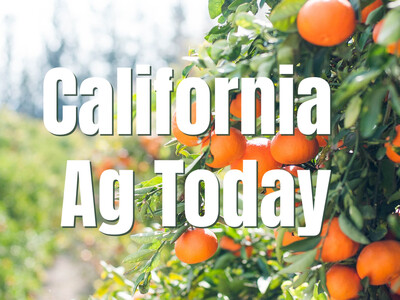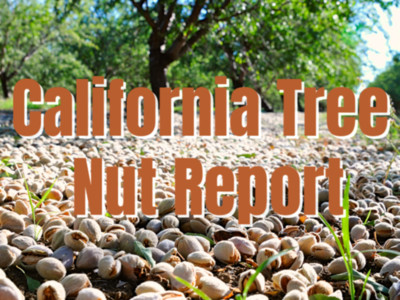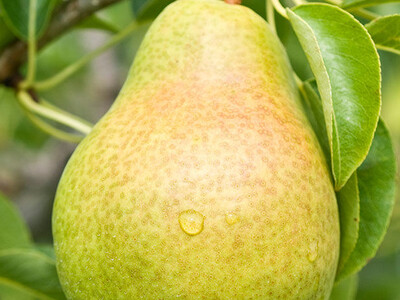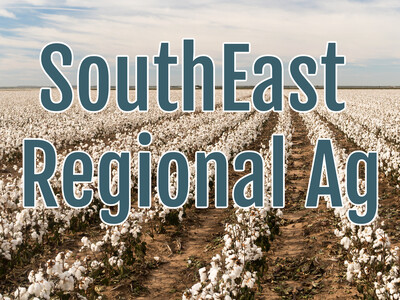Alfalfa and grass
As a source of high protein for dairy and beef herds, alfalfa and grass haylages are a staple on dairies. But growing these silages comes with certain challenges. PROVITA Supplements Forage Specialist, Caitlin Mellinger discusses the benefits of these haylages and shares tips on harvest hygiene.Alfalfa and grass haylages can really provide a high protein forage source to dairy and beef herds, and this can just be a cost savings. When you have a really high-quality protein sources that you grow from your own forage, you are able to cut back on expenses of protein concentrates and feed input costs. That’s really important right now because the price of feed is going up, but also all the other inputs on the farm are also going up, unfortunately, so, being able to grow your own haylage and saving money on your feed costs is really the way to go.”
Haylages can have factors that can make them difficult to ensile such as low sugar content, high buffering capacity, high moisture levels/low dry matter and ash contamination.
“Because of those dry matters and higher moisture levels, you have to really wilt these forages to get them to a proper dry matter before packing them into the silo. And during this wilting process, you have to mow the material down and it lays on the ground. And because of this, if you don't manage it properly, you can have increased risks that can negatively affect your fermentation, which is just decreasing the quality of your forage. The extended wilts can be further exasperated by weather conditions. So, if it's really rainy and wet and you can't get the material in, it has to wilt longer or you just have to bring the material in at a lower dry matter. This can be an issue during fermentation, and then also just not paying attention to management can result in increased contamination of ash.”
Haylages, compared to other types of silage like corn silage, have higher ash levels because they are typically wilted before harvesting.













